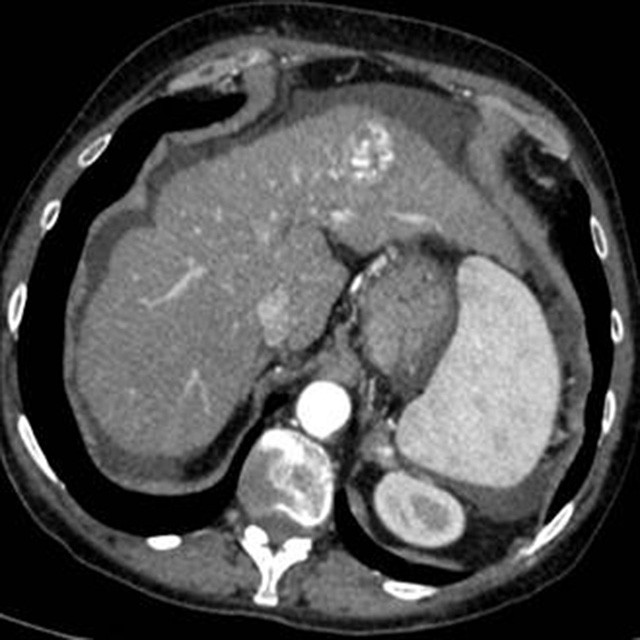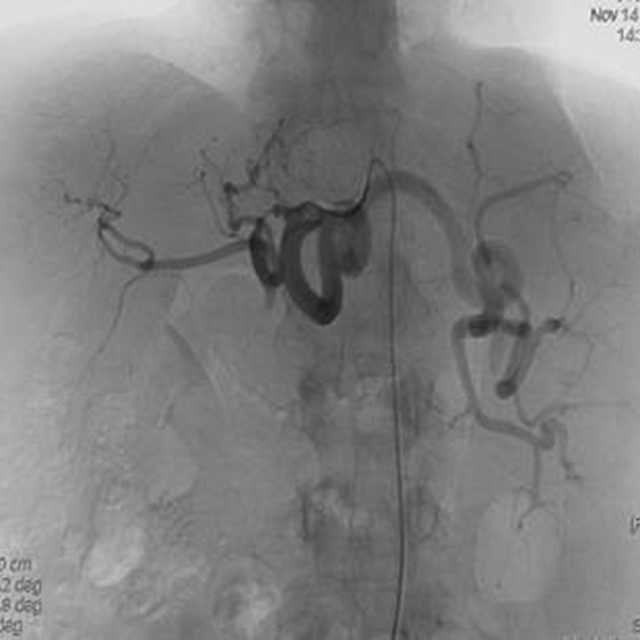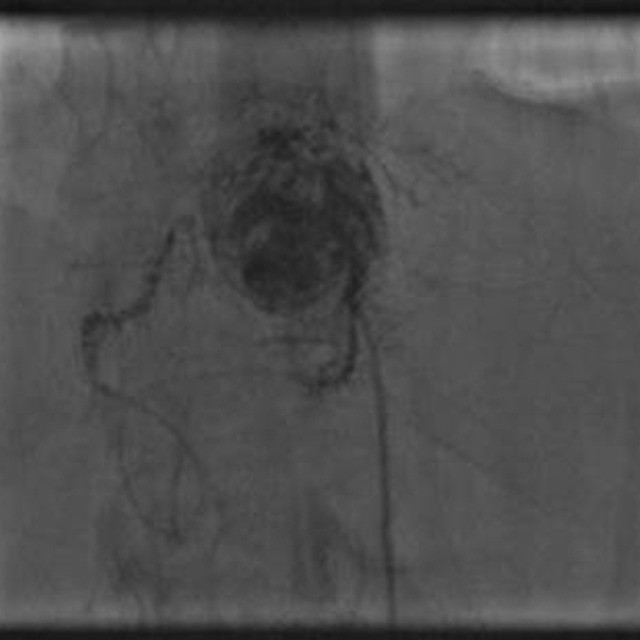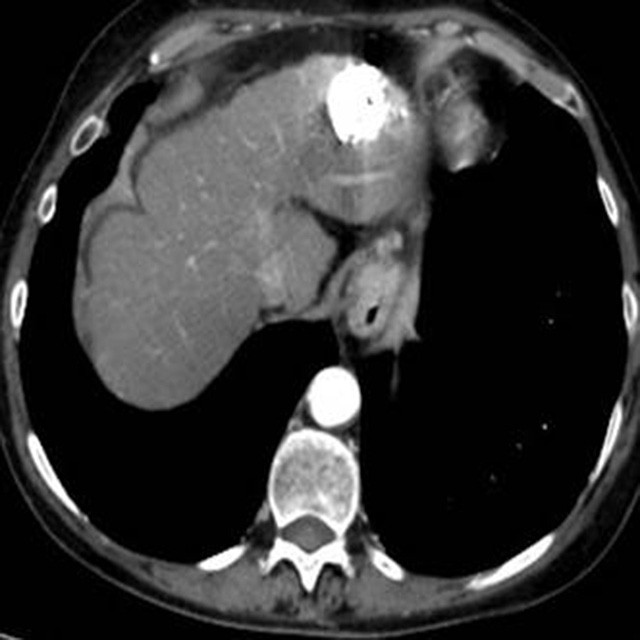An HCC Challenging Chemoembolization

Baseline Central

Diagnostic

TACE
We decided to use an HI-FLO™ Direxion™ microcatheter 0.27" (0.69mm) and the Fathom™-16 micro-guidewire to overcome these anatomical difficulties in order to perform TACE more distally and more superselectively. So the stenosis was easily passed and we were able to catheterized the branch supplying the HCC nodule.
Treatment was performed by injecting 50mg of epirubicin mixed with 10ml of Lipiodol, followed by gelatine sponge
Dr. Rita Golfieri – Chief of Radiology Unit and Vice Director of Department of Digestive Disease – Sant’Orsola Malpighi Hospital - Bologna
Dr. Francesco Modestino – Interventional Radiologist – Sant’Orsola Malpighi Hospital - Bologna












